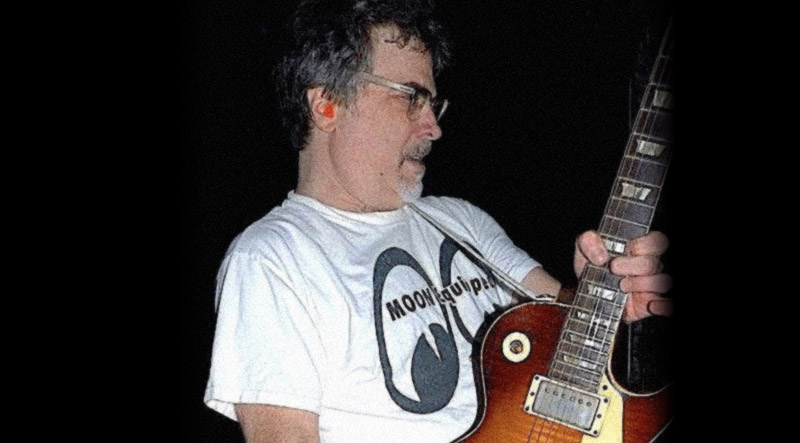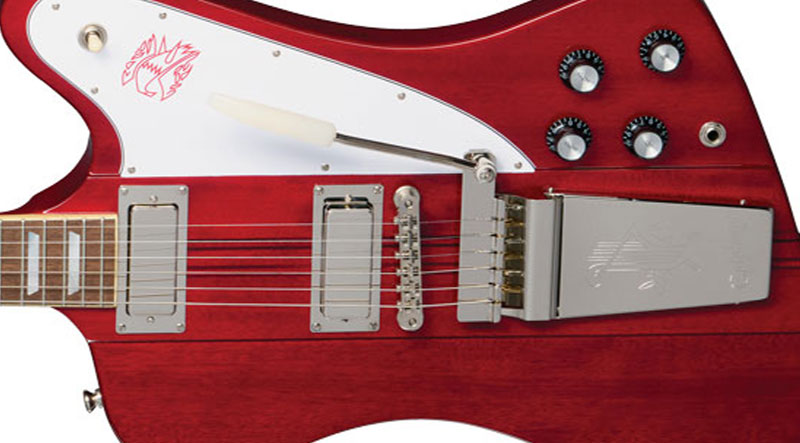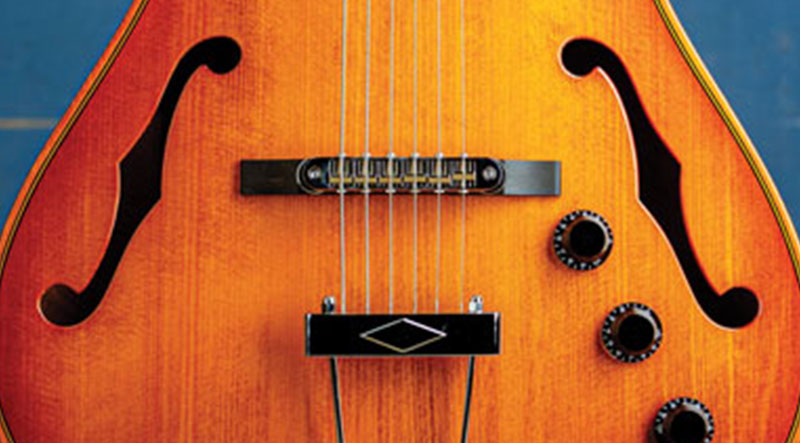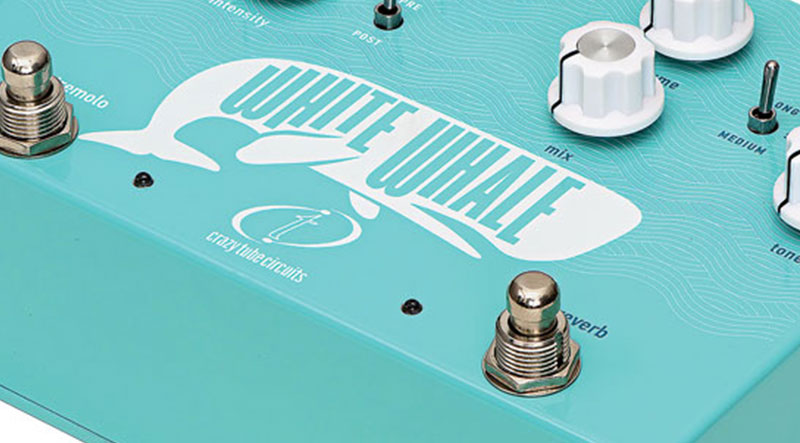As lead guitarist and bassist for Jefferson Airplane, Jorma Kaukonen and Jack Casady were frontline in pop-music history, propelling the band’s loud, dense sound to iconic status on the San Francisco psychedelic scene and performing at Monterey Pop, Woodstock, and Altamont.
So it seemed a contradiction when, just after playing for hundreds of thousands in August of 1969, Kaukonen and Casady set up at The New Orleans House, a small club in Berkeley, to record their acoustic country-blues offshoot, Hot Tuna.
Inspired by fingerstyle players like Reverend Gary Davis, the concept germinated in hotel-room jams while the Airplane was on tour.
“I started playing three-finger style in 1960 at Antioch College,” Kaukonen recounted. “My mentor was Ian Buchanan, who was a friend of Reverend Gary Davis, who used only two fingers of his right hand; Ian could do that, too, but normally he used three, and I have always used three.”
“We worked on the nuts and bolts of that kind of material, putting it into a nice, comfortable format of fingerpicking guitar and bass,” Casady added. “We both loved that music, and a lot of it sounded much better on fingerpicked guitar. It evolved into a new, orchestrated format.”
Unaware of any other duos with similar instrumentation, they felt they were breaking new musical ground. But…
“We didn’t really think about that,” Casady said. “It might have looked like it was a complicated scenario, but it really wasn’t.”
On Airplane tours and other travels, Kaukonen always brought the trusty ’58 Gibson J-50 he’d bought at Pop’s Music in Dayton, Ohio. In fact, he focused on fingerstyle prior to shifting to rock music in the late ’60s. After Hot Tuna started gigging, he drew ire by talking about working more in that style.
“There’s been an ocean of water under the bridge since I made that statement,” he said. “I would rephrase it today in the light of evolving history. Music is just music, rock or not. The licks or modes might be influenced by genres, but the essence of music remains the same – melody, harmony, and rhythm. Being a solo fingerstyle guitarist allows one to do all three things at once, much in the spirit of a classical guitarist. When playing in a band, less is always more. That being said, Jack, having the deep musical sensibilities he has, found a perfect way to interact with my abilities at that time. Jefferson Airplane was a six-person band. I had to not only bring back my flatpicking abilities, which I put on hold when I started to fingerpick, but I had to learn to use my thumb and two fingers to play lines, not just thumbpicking rhythmic patterns. Some techniques worked better with some songs than with others.”
Casady’s main bass at the time was a Guild Starfire that had been modified by Frisco sound technician/acid king Owsley Stanley. With it, Casady interpolated his unique chordal approach.
“I had been playing a Fender Jazz, but I discovered that Guild and I really liked the tone of that hollowbody design,” he said. “I could do certain combinations and double stuff on it because it was short-scale. I used Framus flatwound strings and got a really smooth tone. I was trying to get as much of a natural sound as I could out of electric instruments.”
Why did the duo opt for a live album first?
“Because we liked the material we’d been playing, and it was convenient to do it that way,” Casady recalled. “We were comfortable with the interaction, as well.”
The New Orleans House started life as a jazz club, but rock bands soon shifted its focus. Still, Casady said, it was small and intimate.
“The acoustics were decent for a club, and there was space outside for the remote [recording] truck,” Kaukonen added.
The album’s opening track, “Hesitation Blues,” is an exuberant rendition of the tune. Propelled by Casady’s bass, it’s one of several on the album that cranks up the tempo during the instrumental break, adding to the enthusiasm of each performance.
“I learned ‘Hesitation Blues’ from Ian,” Kaukonen said. “I didn’t even know that version was credited to Reverend Davis until much later. I’m often asked, ‘What do you consider your most important contribution in your life?’ I’d say that after my children, it would be helping to make Reverend Davis’ music and name better-known.”
Bolstering the duo was harmonica player Will Scarlett, who had only recently been introduced to Kaukonen by guitarist Steve Mann.
When we got to the sound check at the gig, Will checked with us and never left the stage,” Kaukonen chuckled. “He stayed for the next couple days. That’s just how we did things back then.”
Only two Kaukonen-penned songs appear on the album, closing the proceedings.
“I wrote ‘Mann’s Fate’ in 1964 or ’65,” he said. “It was briefly called ‘751/2 WabashAvenue’ because that’s where I lived when I wrote it. It was inspired by Steve, and there was that book by André Malraux. ‘New Song For The Morning’ was written when I was with the Airplane. I don’t know why it never got recorded on an Airplane project, but I loved the way it finally evolved with Will.”
Through the decades, Hot Tuna evolved through lineups and genres, while Kaukonen and Casady continued to perform in what became known as Acoustic Hot Tuna.
“That isn’t full-circle,” Casady chuckled. “We’ve never stopped!”
Both have positive memories of that first album.
“Jack and I were at the top of our game in that time,” Kaukonen summarized. “I don’t believe we could have replicated the energy and passion those performances invited, had we recorded in a studio. I have made many studio albums over the years, and they’re a different animal. Live is where the rubber meets the road!”
One of Casady’s recollections about the album has a gear-related twist.
“That Guild was stolen from a gig,” he said. “But it was returned to me 46 years later!”
This article originally appeared in VG’s November 2024 issue. All copyrights are by the author and Vintage Guitar magazine. Unauthorized replication or use is strictly prohibited.



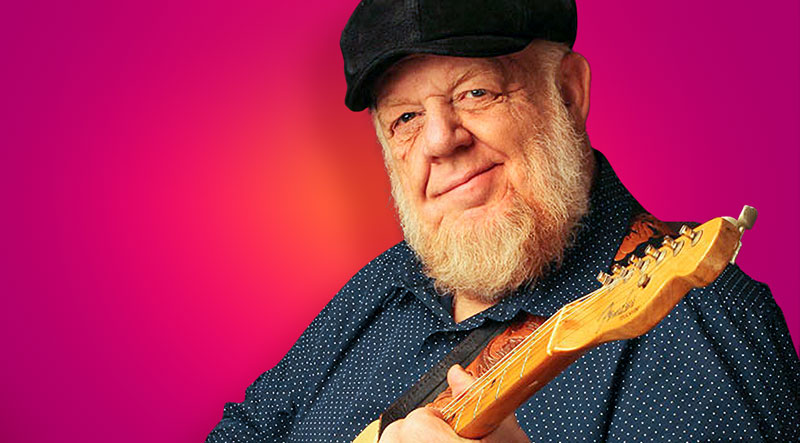

 In Episode 3.3 of “Buy That Guitar,” host Ram Tuli is joined by Redd Volkaert, one of modern country’s foremost pickers. Any fan of Western swing and honky-tonk is likely familiar with his work, which masterfully blends country, blues, jazz, and rock. The “Titan of the Telecaster” explains what makes it his favorite git-tar.
In Episode 3.3 of “Buy That Guitar,” host Ram Tuli is joined by Redd Volkaert, one of modern country’s foremost pickers. Any fan of Western swing and honky-tonk is likely familiar with his work, which masterfully blends country, blues, jazz, and rock. The “Titan of the Telecaster” explains what makes it his favorite git-tar.
 Vintage Guitar magazine presents Buy That Guitar, a new podcast hosted by Ram Tuli, co-author of The Official Vintage Guitar Price Guide. The show explores the joy of buying, selling, and collecting vintage and new guitars, Custom Shop guitars, amplifiers, and other instruments and gear. Join Ram and his guests for a new episode every Tuesday.
Vintage Guitar magazine presents Buy That Guitar, a new podcast hosted by Ram Tuli, co-author of The Official Vintage Guitar Price Guide. The show explores the joy of buying, selling, and collecting vintage and new guitars, Custom Shop guitars, amplifiers, and other instruments and gear. Join Ram and his guests for a new episode every Tuesday.